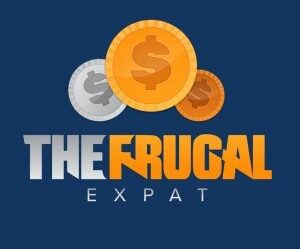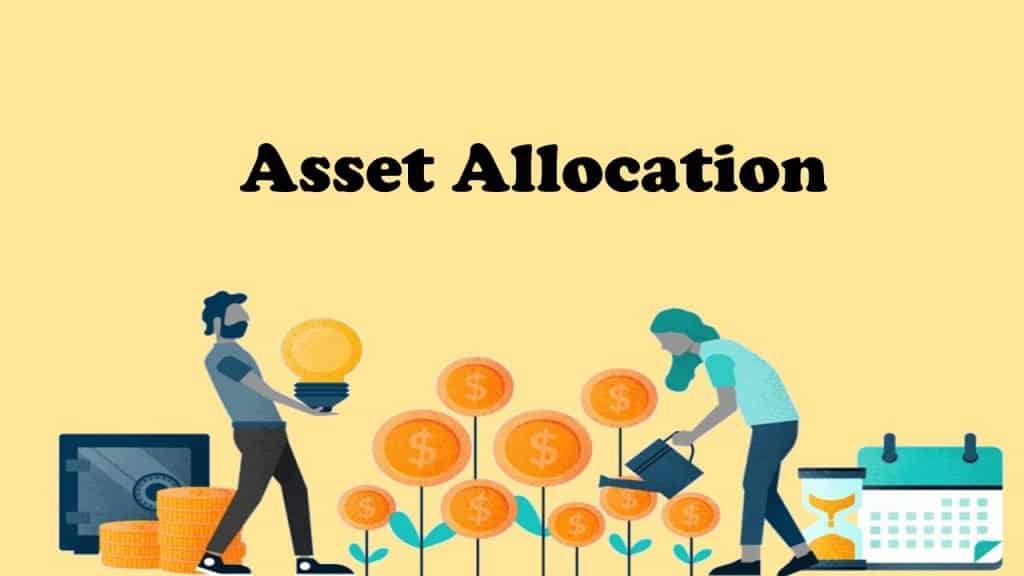Asset allocation is all about how you break down your assets into different categories. Some people break down their assets into categories such as stocks, bonds, and real estate. I have broken down my portfolio to show you what I own.
My Investment Strategy:
The strategy I use with money is to:
- Spend Less than you make
- Stay out of debt
- Invest the Rest
This strategy is the one I have adopted from JL Collins, author of The Simple Path to Wealth.
My wife and I had already been doing most of these things, but there were no plans, no set strategy to look at, and quite frankly we were not focused on investing.
I was the pusher into investments before we got married, and we have been succeeding since then.
The way this works is that we purpose half of our income towards saving and investing. We make it easy.
My family spends Mrs. FE’s income, and therefore we save mine. She makes a bit more money than I do, but she is also more frugal so she would rather not spend.
Next we do not get into any debt. Before we got married, I needed to get rid of all student loan debt to help start our marriage on the right foot. It worked. We are keeping to our strategy.
Our Asset Allocation:
With the left over money we have, we put it into investments. I like to use the method of a 3-Fund Portfolio. So we have our money in:
- VTI (U.S. Total Stock Market ETF),
- VXUS (International Total Stock Market ETF),
- BND (Total Bond Market ETF).
It is basically, 98% stocks and 2% bonds.
Simple is easy, and I would rather keep my life simple. This portfolio has gone up 29% in 2020.
I do have one other portfolio. That is more like an automatic fun fund. It is like 1% of our portfolio, and I host that in M1 Finance. So I have VTI, VXUS, plus some tech stocks and dividend stocks just to see how they perform over the year.
We also have cash for our emergency fund as well. This helps to protect us in case of an emergency. That represents 7% of our portfolio.
Passive Index Funds are winning so far. There are many different index funds you could have like VOO or VTI, but I like my allocation.
So our Asset Allocation is broken down like this:
- Stocks: 91%
- Cash: 7%
- Bonds: 2%
The Emergency Fund is essential:
Every financial portfolio should have an Emergency fund just in case something bad happens.
We have about a year's worth of cash sitting in ours. 2020 came with a few ups and downs, in which we had thought we may lose our jobs, but we were spared.
The year of 2021 could have some interesting ups and downs as well. The Frugal Expat family is working on expanding to 3, so we shall see what happens with that.
This emergency fund accounts for about 7% of our portfolio.
I would suggest to people to have an emergency fund that covers 6-8 months of expenses. So we are going a little bit above that. Each person should decide how much is enough to get by.
The good things about emergency funds is that they cover you kind of like insurance.
You can go and invest all the money that is not in your emergency fund to build more wealth while that fund is there as a back for the unexpected expenses that may occur.
The Investments that I hold:
Let’s break down some of our investments. We are pretty simple when it comes to investing. Diversification is key so we have our investments into 3 funds that will give us exposure to over 10,000 different companies across the world.
Like I said, we have a classic 3-Fund Portfolio.
- 88% VTI ( Vanguard’s Total Stock Market ETF)
- 9% VXUS (Vanguard's Total International Stock Market ETF)
- 1% BND ( Vanguard’s Total Bond ETF)
- 1% AAPL ( Shares of Apple Stock)
- 1% M1 Finance Pie
This is not exactly 3 funds. Our majority of our money is in 3 funds VTI, VXUS, and BND.
Apple seemed like a good stock to invest in, and M1 Finance is just a place to learn more and let automation take place with buying smaller fractional shares of stocks.
Expense Ratios:
A lot of times, people hire financial advisors, which is perfectly ok. My parents use them and I know plenty of people that would rather rely on someone helping you out. Investing can be quite scary.
What is the cost of having someone invest for you? I am all about getting the best deals. At this moment, I know that I can do my own investing with minimal expenses.
At the moment, the annual expense ratios are around 0.04% of my portfolio. So at $10,000 it would cost $4 to keep operating it. That is not that bad after all.
When you think about I could look at a fund like FZROX that has zero fees, but I still like VTI.
With more managed mutual funds you could be having expense ratios closer to 0.50%-1%. Expense ratios could start eating into your returns.
Financial advisors and stock brokers could also start eating into your returns with fees as well. I am not the biggest fan of fees.
Saving money while investing is an A+ in my book. Not paying fees saves a lot of money.
Our Goals for Finances:
“I may have not owned a Mercedes, but I owned my freedom. Freedom to choose when to leave a job and freedom from worry when the choice wasn't mine.”
JL Collins
Our Goal is freedom. I like having the ability to walk away from work.
Financial Independence is our major goal. It just gives us more options for life.
We are working so hard these days, but I am not sure if we want to keep doing this for 5, 10, 25 years. Times change, people change, and life goes in different directions.
So we may work hard now, but in the long run we want to enjoy life as well.
It is crazy to think that some of our parents work till they are 70 years old and then try to begin life while their bodies are older, and life is starting to get closer to the end.
We hope to enjoy life now through traveling and we invest in order to not have to work until 70.
The hope for our finances is to let compounding and our simple strategy create wealth and financial independence for us in the long run.
Final Thoughts:
My portfolio is not a perfect one. It is the one I think works for my family. You can do what you like with your money.
Just follow a strategy that works for you. If it is one all about dividends create a dividend portfolio. If you want a growth portfolio create one of those as well.
I like a simple 3-Fund portfolio. So that is my Asset Allocation. What is your asset allocation like?
” Spend less than you make, stay out of debt, and invest the rest”

I’m Steve. I’m an English Teacher, traveler, and an avid outdoorsman. If you’d like to comment, ask a question, or simply say hi, leave me a message here, on Twitter (@thefrugalexpat1). Many of my posts have been written to help those in their journey to financial independence. I am on my journey, and as I learn more I hope to share more. And as always, thanks for reading The Frugal Expat.








I need to work on my emergency fund haha..
Steve do you put your emergency fund in saving account?
Yes Tommy. I keep my emergency fund in a savings account. It is more liquid in case we really need the money. It doesn’t earn much, but it is our safety net.
I love simplicity! This was a great overview of your asset allocation. I always find it interesting to learn how others split up their investments.
In Canada, it’s widely recommended to go 1/3 each in Canada, US and international. (But I have almost nothing in Canada—it’s too undiversified and generally an underperformer. 😬)
I know a lot of Americans, especially in the FIRE community, follow JL Collins’ advice to go 100% VTSAX/VTI. How did you decide on the US/Global split? (For the record, I think that was a good choice.)
Thanks Chrissy,
I lot of Americans do go with JL Collins advice. He basically says that there is enough international allocation in VTSAX/VTI with companies that work in other countries. I went with some international after talking with Jeremy from Gocurrycracker. Jeremy mentioned to me to have exposure to companies that are not being traded on the U.S. stock market. Like Toyota, Samsung, TSMC, and many other international companies. It gives additional diversification to my portfolio. I took his advice.
I try to keep things simple.